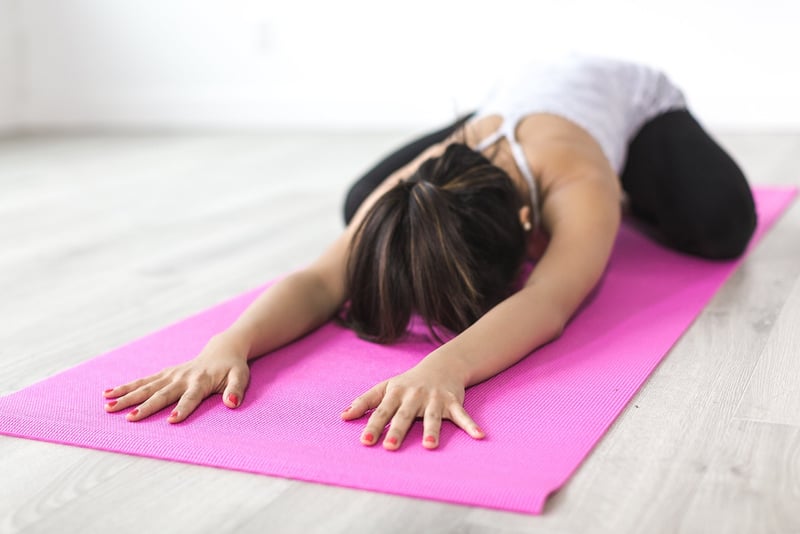Pranayama Practices
Breathing Exercises for Mindfulness + Pranayama Practices
Welcome to a guide on breathing exercises for mindfulness and Pranayama practices. Breathing exercises are powerful tools that can help calm the mind, reduce stress, and improve overall well-being. Incorporating these practices into your daily routine can have profound effects on your mental and physical health. Let's explore some techniques to help you cultivate mindfulness and enhance your Pranayama practice.
Mindfulness Breathing Exercises
Mindful breathing involves paying attention to your breath without judgment. It can help you stay present in the moment and reduce anxiety. Here are a few exercises to get you started:
1. Box Breathing
Box breathing is a simple technique that involves inhaling, holding the breath, exhaling, and holding again, each for an equal count of seconds. Try inhaling for a count of 4, holding for 4, exhaling for 4, and holding for 4. Repeat this cycle several times.
2. Counted Breaths
Find a comfortable position and start counting your breaths. Inhale slowly for a count of 4, then exhale for a count of 4. Continue this pattern and try to increase the length of your inhalations and exhalations gradually.
Pranayama Practices
Pranayama is the practice of breath control in yoga. It involves various breathing techniques that can help energize the body, calm the mind, and balance the emotions. Here are some common Pranayama practices:
1. Ujjayi Breath
Ujjayi breath, also known as the "ocean breath," involves breathing in and out through the nose while constricting the back of the throat slightly. This technique can help create a soothing sound and improve concentration.
2. Nadi Shodhana (Alternate Nostril Breathing)
Nadi Shodhana is a balancing breath technique that involves breathing through alternate nostrils. It can help harmonize the two hemispheres of the brain, reduce stress, and promote mental clarity.
Benefits of Regular Practice
Regular practice of breathing exercises for mindfulness and Pranayama can offer numerous benefits, including:
- Reduced stress and anxiety
- Improved focus and concentration
- Enhanced relaxation and mental clarity
- Better regulation of emotions
- Increased energy levels
Remember to practice these techniques consistently to experience their full benefits. Whether you are looking to enhance your mindfulness practice or dive deeper into the world of Pranayama, breathing exercises can be a valuable addition to your daily routine.
Take a deep breath, and start your journey to a calmer, more centered self today!


